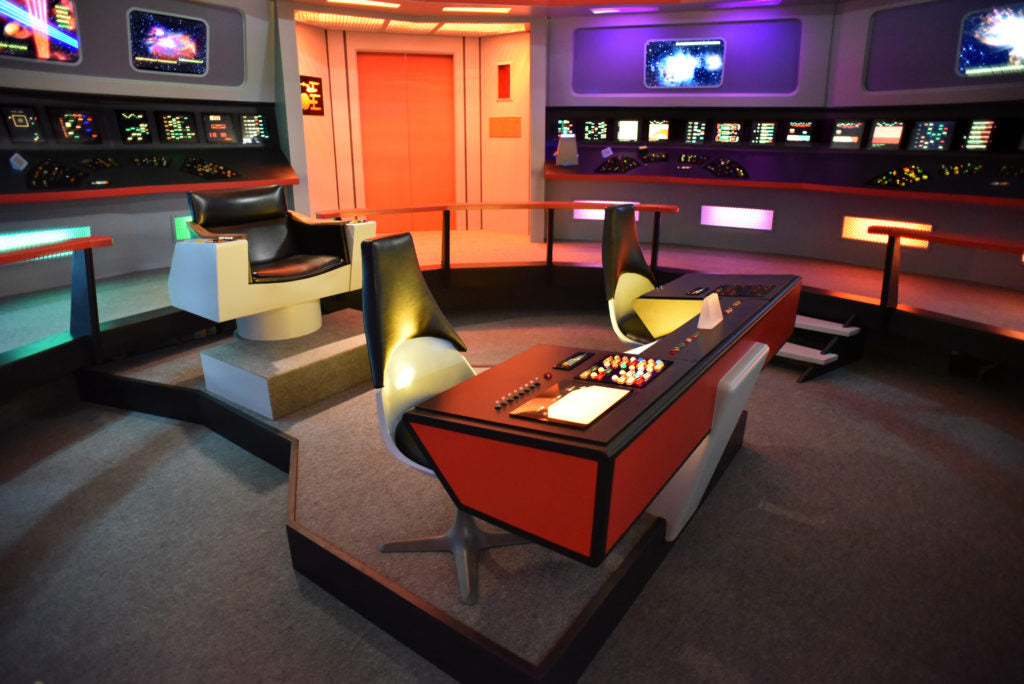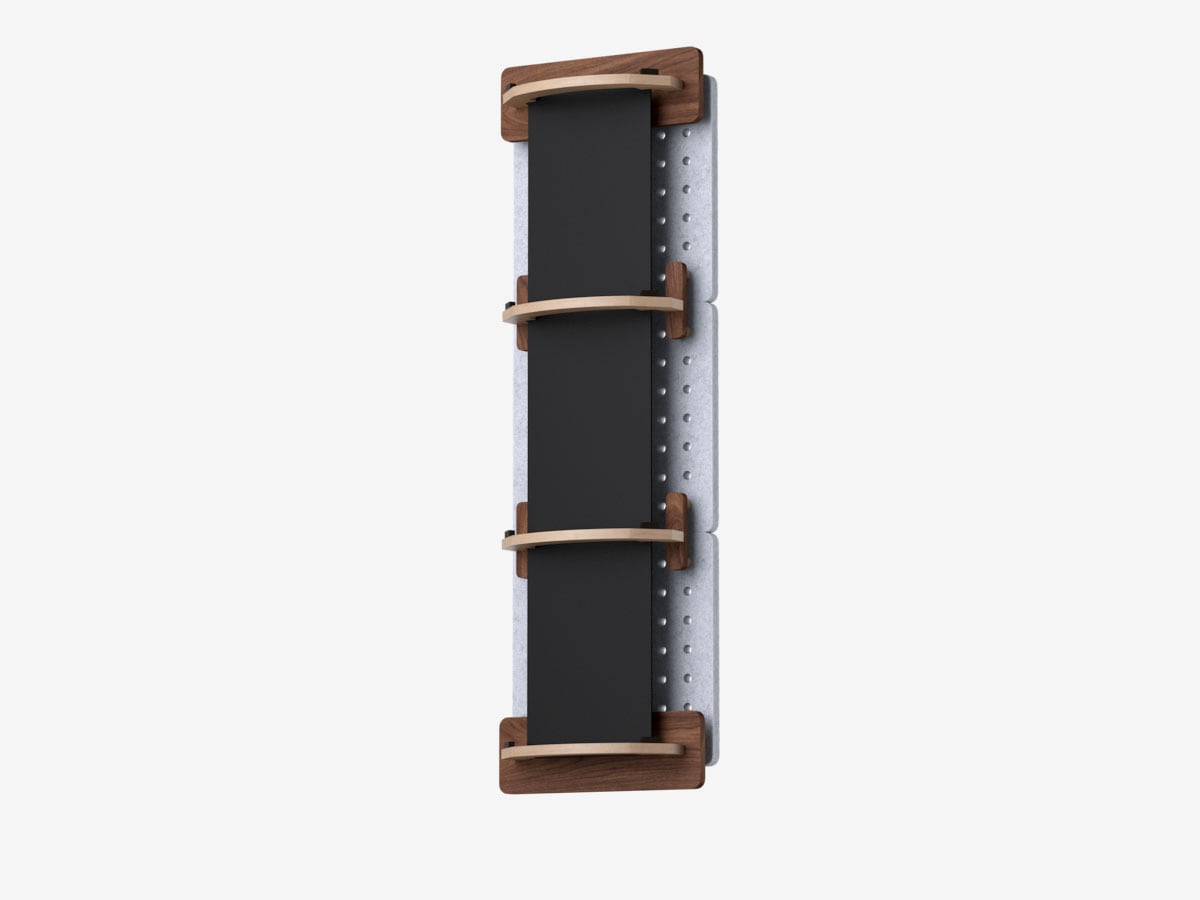If you’re familiar at all with De-Fi as a brand, or of Output, the company that De-Fi was birthed from, you’re likely aware that the team that came up with Platform and the rest of the Studio Collection did not work up through the ranks of Ikea or another furniture manufacturer. We’re all from the same world as Output, we all have experience designing electronic solutions, both hardware and software, for music makers. Not to completely toot our own horns, but we have some pretty standard issue studio kit in our portfolios, we are good at it, and we hope you see some of that background in our furniture.
Why we bring that up is to not flex (well, there’s a bit of that), but to point out that we also have a pretty extensive background in the process to develop these kind of products, and we didn’t punt that process because we’re cutting wood instead of injection molding an instrument or creating a GUI. It may seem like overkill to incorporate waterfall and Scrum processes into furniture design, but user experience is a thing regardless of the type of product, it’s a language we professionally speak, and the foundation of these processes is the user story.
What’s a user story? Let’s quote someone smarter than me:
In software development and product management, a user story is an informal, natural language description of features of a software system. They are written from the perspective of an end user or user of a system.
User stories are a type of boundary object. They facilitate sensemaking and communication; and may help software teams document their understanding of the system and its context. (Ralph, Paul (2015). "The Sensemaking-coevolution-implementation theory of software design". Science of Computer Programming. 101: 21–41.)
Basically, we create a hypothetical user based on a lot of research, write their story, and design a product to fulfill a need in their story. These are both general, as in, “I’m a musician who produces at a desk”, to the specific, like, “I’m a musician who is obsessed with interior design and I live in a loft where I throw fancy parties and can’t be embarrassed by the studio out in the open.”
In this upcoming series, we’ll look at some of the actual user stories that guided us when designing our gear, and how we went about satisfying the needs of our hypothetical users. We hope it will give you some insight into the decisions we made, and because we're also always in development mode, would like to hear about your story. If you want to share, hit us up on Instagram or TikTok.



